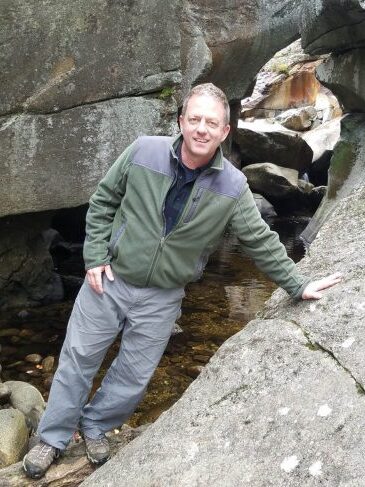Sean Smith
Dr. Sean Smith co-leads the Watershed Process and Estuary Sustainability Research Group at the University of Maine. He is currently Director of UMaine’s Darling Marine Center and Associate Professor in the School of Earth and Climate Sciences, as well as faculty affiliate with the Sen. George J. Mitchell Center for Sustainability Solutions and Department of Civil and Environmental Engineering.
Faculty Page – University of Maine | Faculty Page – ECS | Faculty Page – Mitchell Center | Faculty Page – CIE
My teaching and research focus on watershed geomorphology with attention to processes that influence the morphology and stability of hillslopes and waterways, and that govern the flux of water, sediment and nutrients in the contemporary landscape. Topics of my past and present research include stream channel morphology and stability, surface flow patterns in headwater drainage basins, watershed sediment budgets, and modern watershed best management and rehabilitation practices. I am particularly interested in projects seeking to identify, quantify and explain changes to landscapes caused by human activities.
My work is inspired by interests in advancing the measurement, description and prediction of environmental impacts across spatial scales ranging from single hillslopes to large watersheds and time scales spanning from a single rainfall event to millennia. I have extensive experience working in the Mid-Atlantic region of North America in collaboration with partners involved with the USEPA Chesapeake Bay Program. I am also affiliated with the Maine Agricultural and Forest Experiment Station (MAFES).

